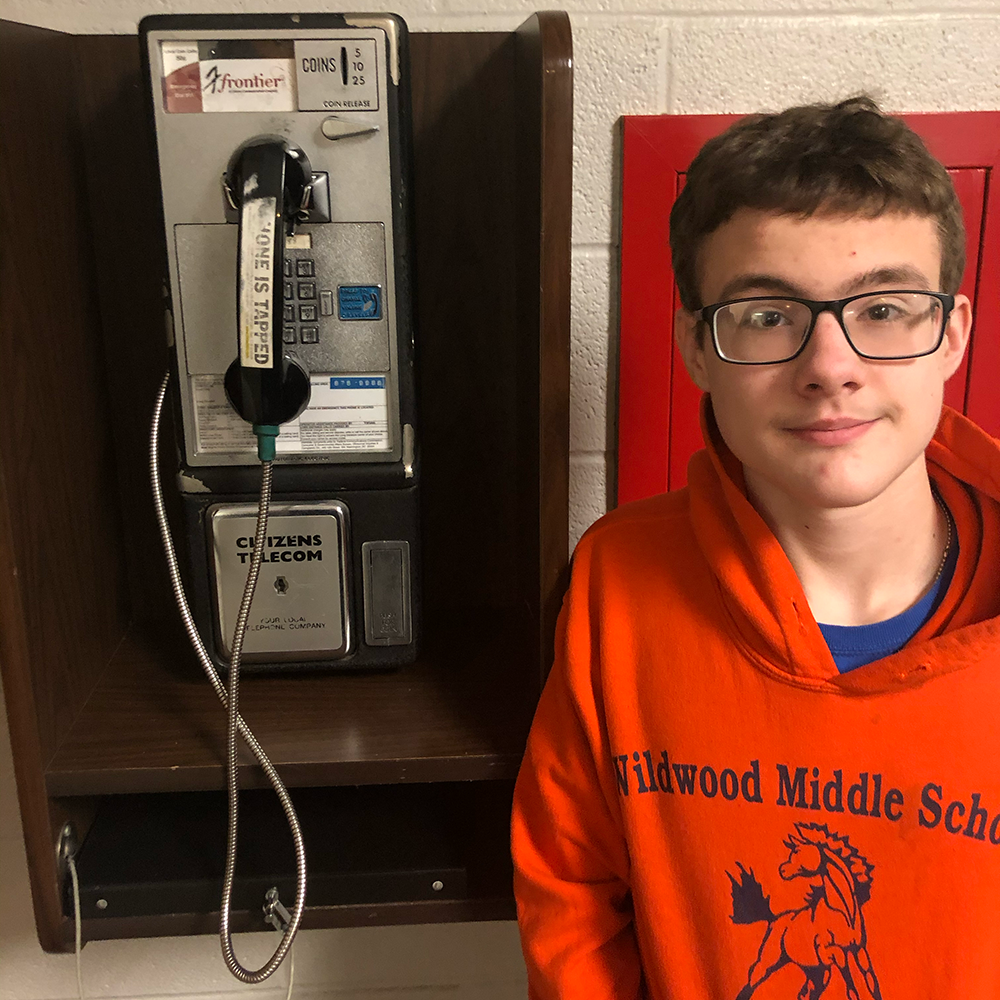Payphones
Payphones, once ubiquitous, have become rare in the era of smartphones. The shift from phone company-operated payphones to customer-owned payphones and the history of red boxes for free calls highlight the evolution of communication. They now serve as nostalgic reminders of a bygone era.

It's no surprise that payphones have largely disappeared from the American landscape. Once ubiquitous, they are now a rarity, with over 100,000 remaining in the US, according to CNN. A recent encounter with a working payphone at Shepherd University sparked thoughts about their decline. Introducing my 13-year-old son to this relic was an alien concept to him, having grown up in the age of mobile phones. It reminded me of the days when hacking payphones for free calls was a thing, a concept that holds little value today. We have come a long way indeed, to a time when paying for calls seems outdated and almost laughable.
In an age dominated by smartphones and wireless connectivity, it's no surprise that payphones have become an increasingly rare sight. Once a ubiquitous presence in public spaces, these iconic fixtures of the past have faded into obscurity. In this article, we will explore the phenomenon of the vanishing payphone, examining their widespread presence in the past, the shift from phone company-operated payphones to customer-owned payphones (COCOTS), and the intriguing history of "red boxes" used for free phone calls.
It's difficult to imagine a time when payphones were not a part of our daily lives. In their heyday, they adorned street corners, airport terminals, shopping malls, and practically every public space imaginable. They were the lifeline for communication on the go, offering convenience and accessibility to all. Whether it was making an important call, arranging meetups, or simply staying connected, payphones were a vital link to the world outside.
Initially, payphones were primarily operated and maintained by telephone companies. These payphones were distinguishable by their distinct design, often featuring the logo and branding of the phone company. Users would insert coins or tokens to pay for their call duration, with rates varying based on distance and time of day. The process was simple yet effective, allowing people to connect with loved ones or seek assistance when needed.
As technology advanced and regulations evolved, a shift occurred in the payphone industry. Phone companies began to sell or lease payphone equipment to individuals or businesses, giving rise to customer-owned payphones, or COCOTS. This change enabled entrepreneurial opportunities, allowing individuals to install payphones in various locations and earn revenue from the calls made. COCOTS often had different designs, as they were customized to fit the specific needs and aesthetics of the location.
In recent years, the prevalence of payphones has dwindled significantly. The proliferation of mobile phones, with their unparalleled convenience and widespread adoption, played a major role in the decline of payphones. As communication technology advanced, payphones struggled to keep pace and meet the demands of an increasingly connected society. The once vibrant payphone booths have been removed, leaving behind vacant spaces and echoes of a bygone era.
An intriguing aspect of payphone history revolves around "red boxes," devices used to make free phone calls. These boxes, typically hidden from plain sight, were capable of emitting the exact tones necessary to emulate coin drops, tricking the payphone into thinking that payment had been made. Red boxes gained notoriety during the era of analog systems, allowing individuals to bypass the payment mechanism and make calls without incurring any charges.
However, advancements in technology and the transition to digital networks rendered red boxes ineffective. The shift to digital systems made it increasingly difficult to exploit the vulnerabilities in payphone infrastructure. Today, such practices are obsolete, and the focus has shifted towards innovative means of communication rather than finding ways to bypass payment systems.
The decline of payphones symbolizes a broader shift in the way we communicate. With the advent of smartphones, our ability to connect with others has become virtually limitless. Mobile devices offer not only voice communication but also a plethora of digital services, including messaging apps, social media platforms, and video calling. The convenience and portability of these devices have made them an essential part of modern life, leading to a decline in the need for traditional payphones.